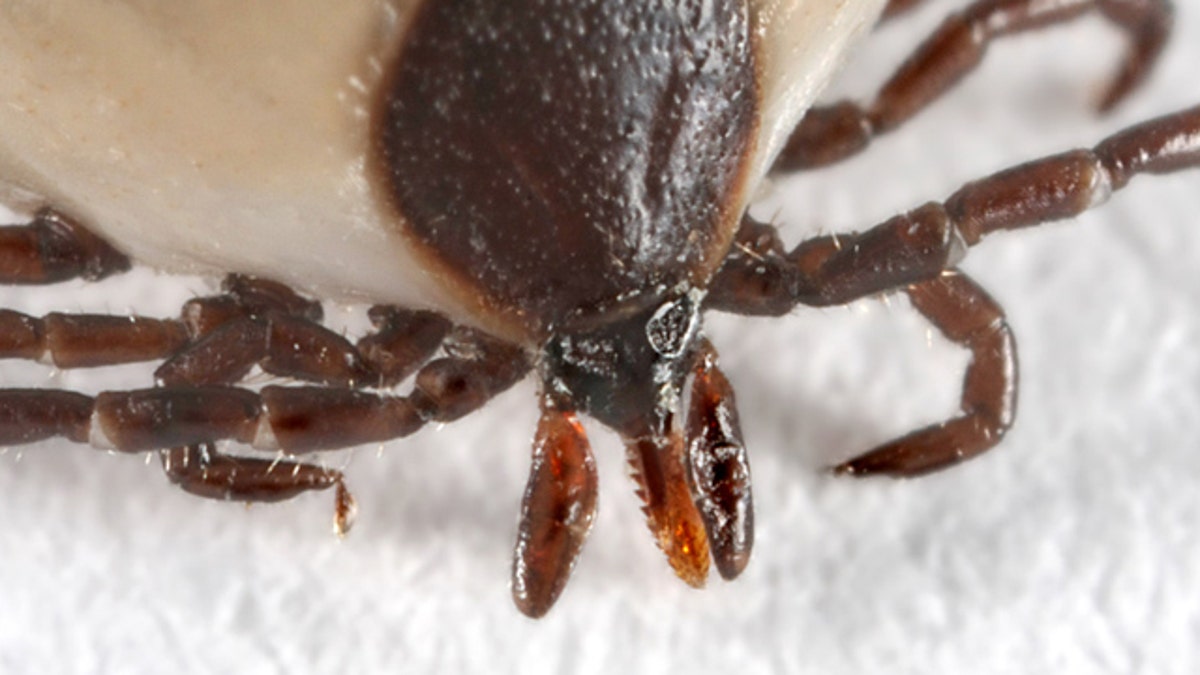
The Deer Tick (Mark Plonsky)
Lyme disease is the most commonly reported vector-borne illness in the United States, according to the Centers for Disease Control and Prevention (CDC).
A vector-borne illness is one which is spread to humans through a vector, such as an insect or arachnid, carrying the disease. In the case of Lyme disease, the vector is a tick. More precisely, the illness is spread through the bite of a black-legged tick, or deer tick.
Each year, approximately 30,000 cases of Lyme disease are reported, not to mention the countless cases which go unreported. These cases are concentrated mostly in the Northeast and upper Midwest, where the bacteria is abundant.
Early prevention and treatment is important when dealing with Lyme disease, as the symptoms get progressively worse and more serious as time goes on. Some common early symptoms include:
- Small bump/redness at the site of the bite;
- Red, expanding rash called erythema migrans (EM);
- Fatigue, chills, fever, headache, muscle and joint aches, and swollen lymph nodes.
Although early treatment through antibiotics is available, Lyme disease can be difficult to diagnose – especially in the first few weeks after infection. Blood tests for Lyme disease have better accuracy after the first few weeks because antibodies against the bacteria usually take a few weeks to develop. Before this time, there is a higher possibility that tests can come out negative, even if Lyme disease is present because antibodies are not present or are too low to be detected.
Once it is established that the person has Lyme disease, the disease is treated with the appropriate course of antibiotics by recommendation of your physician. In 10 to 20 percent of patients treated with antibiotics, symptoms of Lyme disease linger even after treatment. This is known as Post-treatment Lyme disease syndrome (PTLDS). Although the cause is not known, experts believe that PTLDS is caused by an autoimmune response, in which a person's immune system continues to respond, doing damage to the body’s tissues, even after the infection has been cleared.
The problem is not in the treatment of the disease (although PTLDS does occur in some cases), but rather that many people who contract Lyme disease have no idea they have it until years later when symptoms become more apparent. By this time, antibiotics are more or less useless because the bacteria that causes Lyme disease has the ability to hide within cells and tissues. This behavior makes it a difficult target, and less likely to be reached with antibiotics once the disease is well established.
If the infection goes untreated it can spread and lead to more severe symptoms:
- Additional EM rashes;
- Facial or Bell's palsy;
- Severe headaches and neck stiffness due to inflammation of the spinal cord;
- Heart palpitations and dizziness;
- Arthritis, with severe joint pain and swelling;
- Chronic neurological issues like shooting pains, numbness and tingling in your extremities.
These serious symptoms make early treatment and prevention even more necessary. So if you’re hiking in the woods, or spending time outdoors, avoid wooded and bushy areas where ticks are more prevalent. The CDC also recommends showering and a full-body check soon after coming indoors to wash off and find any ticks which may be on your body. If you do find a tick, there is no need to panic. It can easily be removed by using fine-tipped tweezers and disposed of in a sealed bag, or container.
